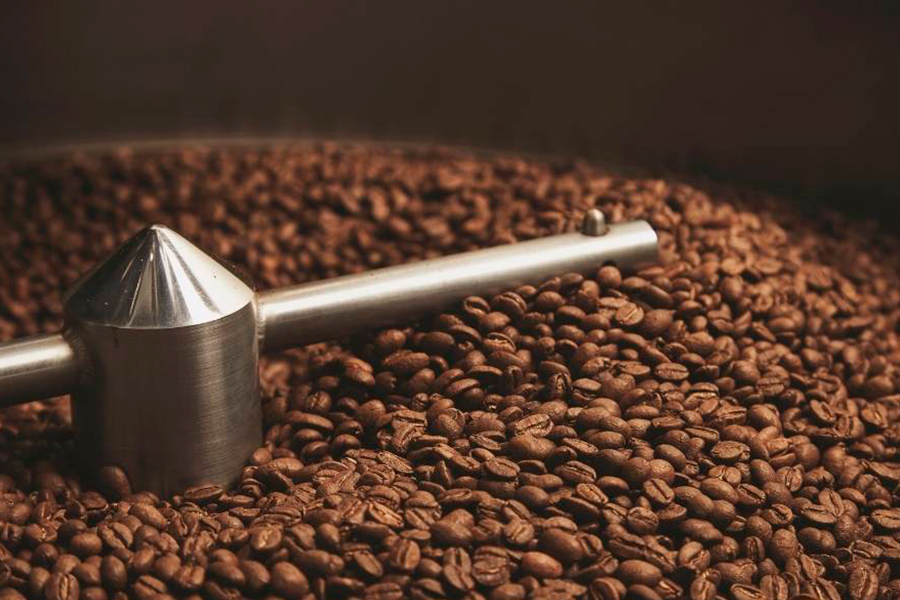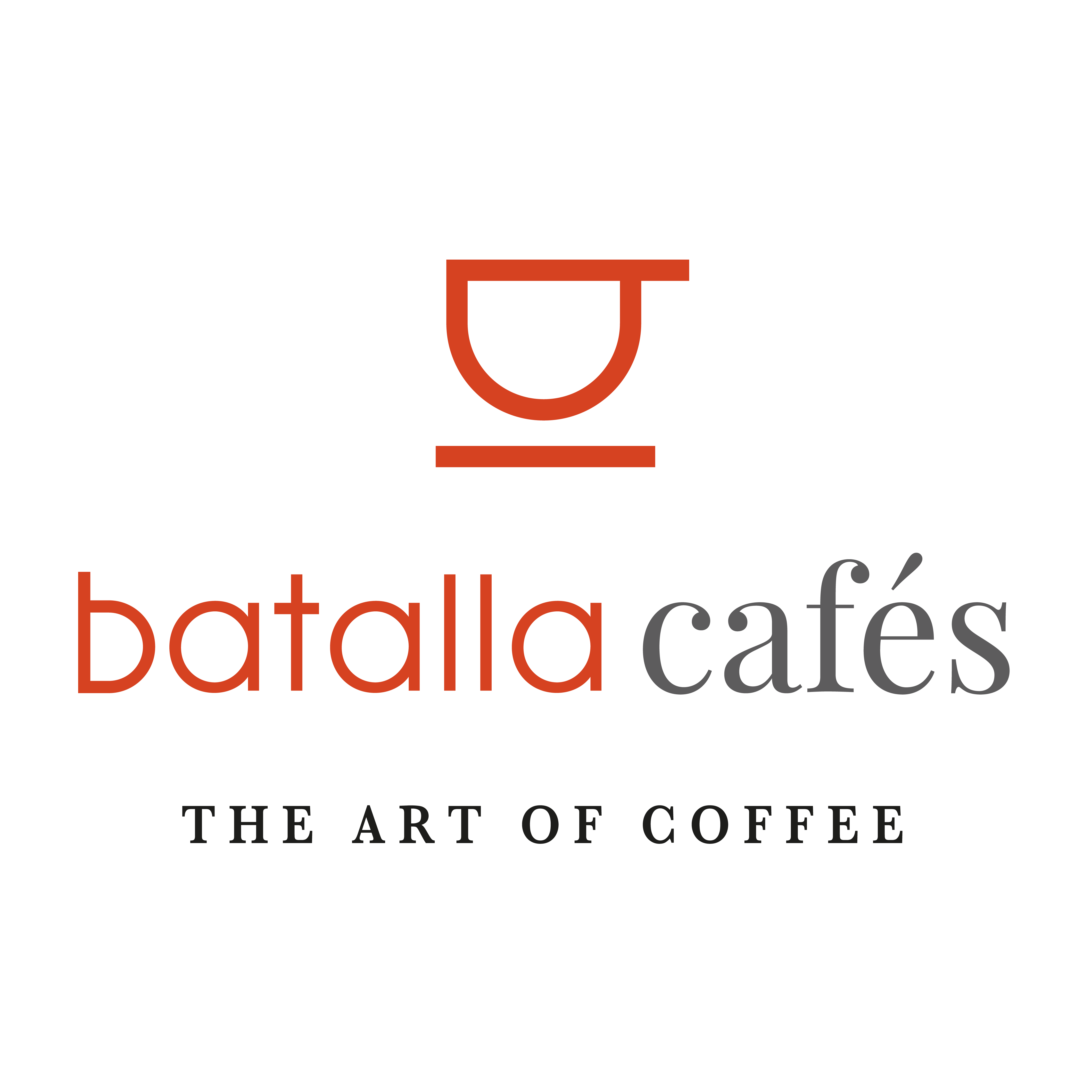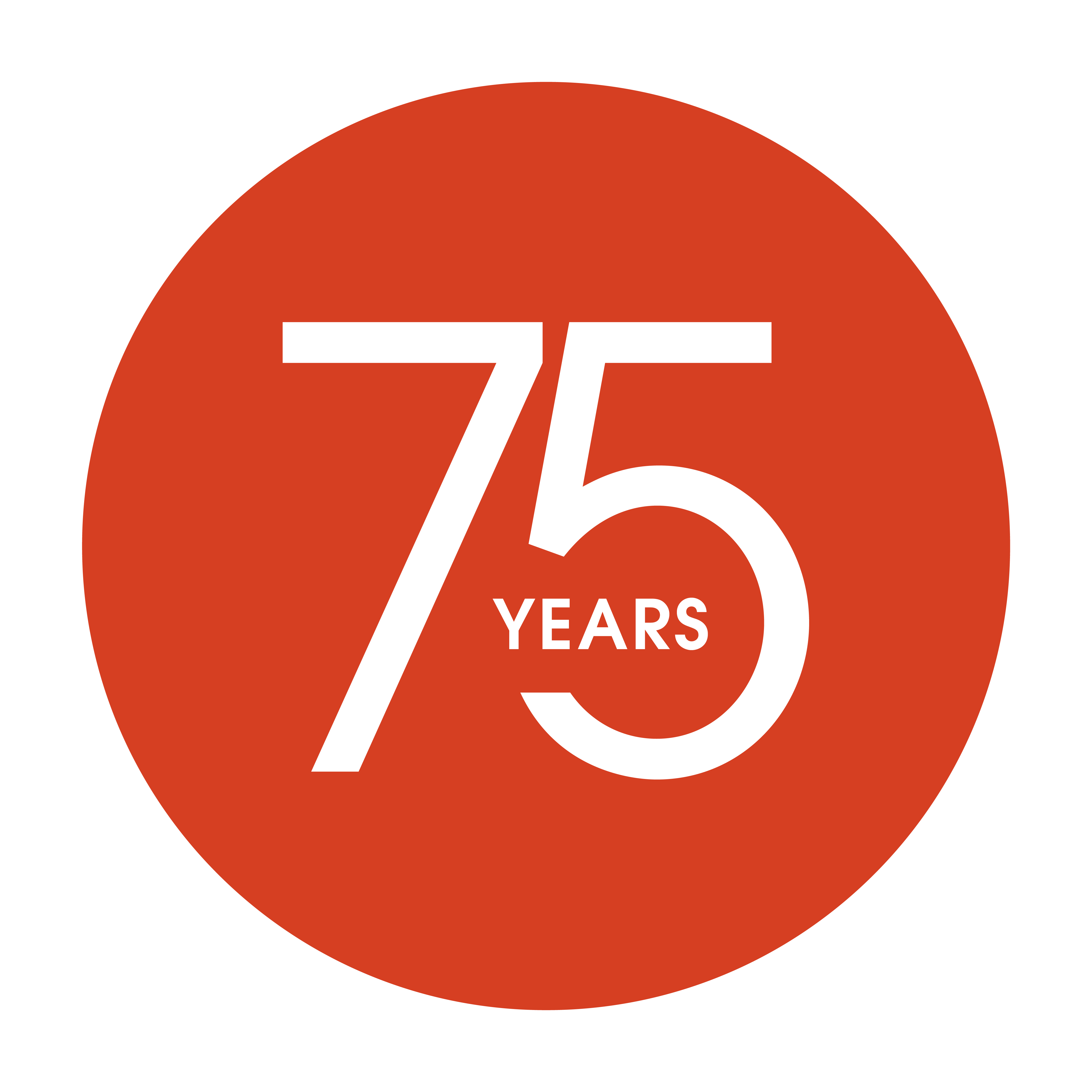What is the coffee grinding?
Milling or coffee grinding is the process of reducing the size of coffee beans into thousands of tiny particles in order to be able to extract their full aroma and flavour.
Why does grinding increase this capacity?
By grinding the coffee we get thousands of particles, this increases the contact surface between the coffee and the water, thus extracting many more properties.
In general, and regardless of the system used to grind the beans, we define grinding as the process of transforming and reducing the structure of the compact coffee bean into thousands of particles, thus increasing the extraction capacity in order to extract the maximum of its best qualities. And why is this capacity increased by grinding? Well, because, thanks to grinding, the surface area of contact between the coffee and the water that passes through it is increased, allowing us to extract a greater number of properties than those we could obtain from a whole bean.
However, when we grind, we always lose a significant part of the aromas of the coffee that has been previously roasted. It is estimated that up to 65% of the aromas and gases can be lost. This is why ground coffee should not remain in the dispenser for long periods of time, as the longer it remains there, the greater the loss of aromas, the greater the oxidation and the faster the degassing, with the consequent deterioration of the product itself.
The recommendation is therefore to grind only the amount of coffee needed, to grind it as quickly as possible and to ensure that as little time as possible elapses between grinding and cupping. This leads us to advise against leaving coffee in the hopper or dispenser overnight, and even less so at weekends, in the case of premises that are closed on those days.




